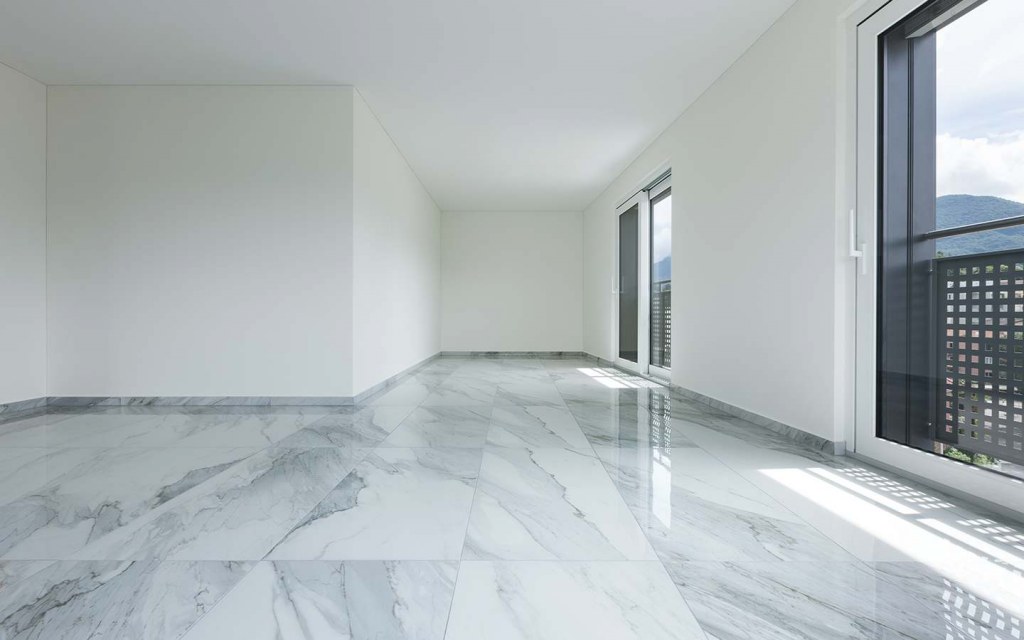Choosing between tiles and marble is not easy. Both are popular options with different benefits. Each offers something unique. The right choice depends on your design goals and the space you are working with.
Tiles are practical and durable. Marble brings elegance and timeless charm. To help you decide, this guide breaks down how each performs and what to expect in terms of appearance, cost, and functionality. Learn more about pattern tiles.
How to Tell Tiles from Marble
Texture and Feel:
Marble feels cool to the touch and is heavier. Its patterns are natural and always unique. Tiles feel lighter and warmer. Their patterns are usually consistent and repeated.
Scratch Resistance:
Marble resists scratches better than many tile types. Tiles are more prone to surface marks, especially when made from softer materials.
Material Basics: What Are They Made Of?
Tiles are often made from ceramic or porcelain. Porcelain tiles are dense and ideal for areas with high moisture, such as kitchens, bathrooms, or outdoor spaces. They resist heat and water. Cleaning is simple. They are available in a wide range of styles and colours. Some tile designs mimic the look of marble. Tiles are also easier to install. This makes them popular among DIY renovators.
Marble is a natural stone. No two pieces look the same. It adds a touch of luxury and long-term value to any room. However, marble is soft, porous, and more sensitive to moisture. It requires regular sealing. Installation is more complex. Despite this, it creates a strong visual impact, especially in calm, low-traffic areas.
Where tiles work best: Kitchens, bathrooms, entryways, and busy living zones.
Where marble fits best: Bedrooms, formal living areas, dining rooms, and entrance halls.
Comparing the Costs: Marble vs. Tile
Cost plays a big role in choosing a flooring material. In Australia, where property prices continue to rise, homeowners often need to weigh beauty against budget. According to Demographia data shared in GQ Australia, Sydney was the world’s second most expensive city in 2024.
Price difference:
Marble is significantly more expensive than tile. It’s a natural product that must be extracted, processed, and transported with care. This adds to its final cost. Installing marble in a standard living room can cost twice as much as ceramic tiles.
Installation:
Marble flooring usually requires skilled labour. Its weight and fragility demand careful handling. Tile installation, on the other hand, is more straightforward. Many homeowners choose to do it themselves.
Waste and Cutting:
Marble often results in more material waste. Cutting it can lead to loss of large sections, which drives up costs. Tiles, being factory-produced, generate far less waste during installation.
Practical Considerations
Tiles are strong, moisture-resistant, and easy to maintain. This makes them a smart choice for busy households and humid spaces. They handle foot traffic well and maintain their appearance over time. Their scratch resistance and affordable cost also add to their appeal.
Marble is ideal for people who want elegance and are willing to care for it. It scratches more easily and absorbs liquids, which can lead to staining. It needs sealing and careful cleaning. But when cared for properly, marble can last for generations. Ethically sourced marble also supports sustainable building choices.
Choosing What Works for You
Your decision comes down to your lifestyle and design goals. If you want a surface that handles wear and tear with little upkeep, tiles are likely your best bet. If you prefer a striking, luxurious finish and are happy to maintain it, marble may be right for you.
We welcome homeowners, renovators, and contractors. Explore our full collection online, or visit our Sydney showroom to see the difference in person. Get in touch today to find out how Dream Tile can help you transform your space.






